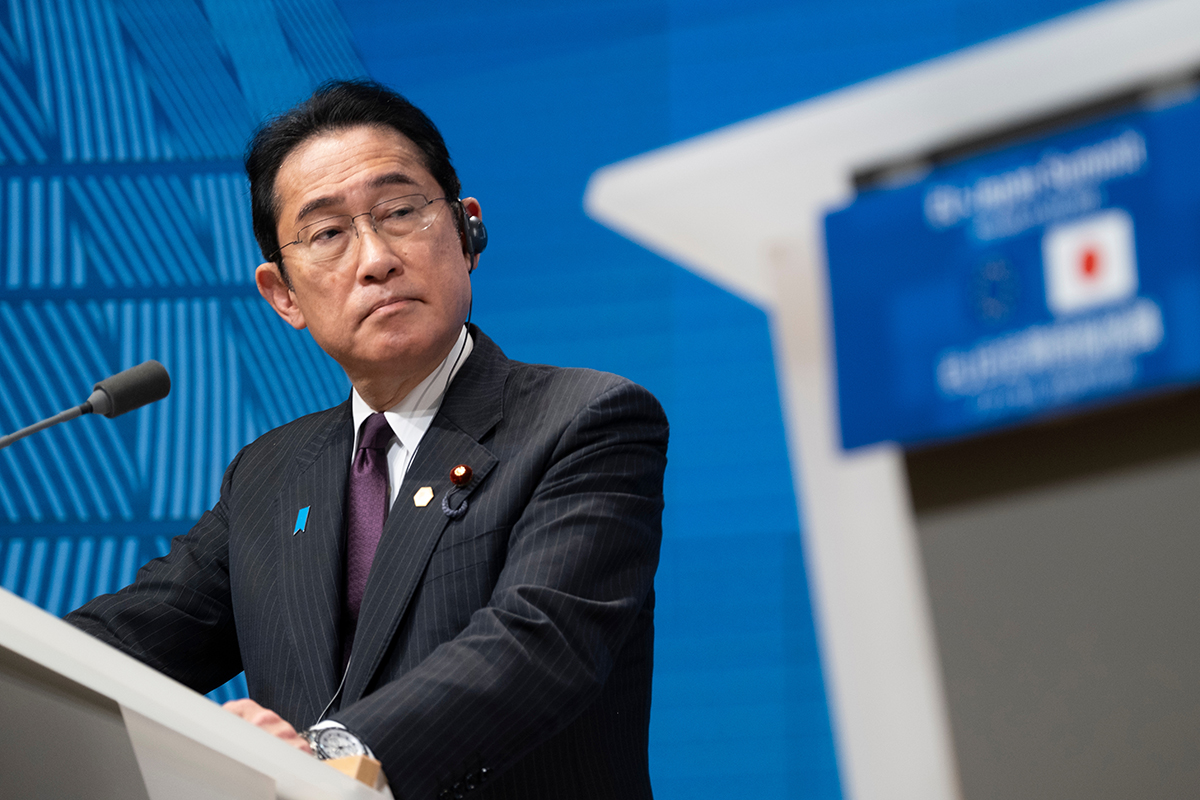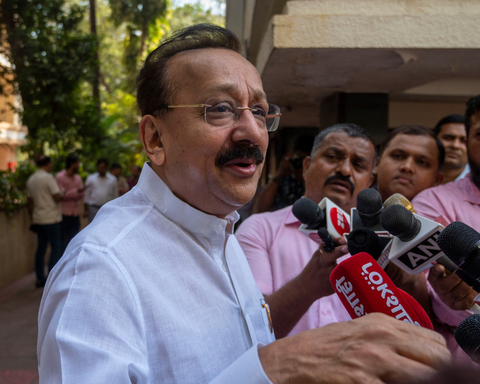Japanese Prime Minister Fumio Kishida disclosed the core elements of a forthcoming economic plan aimed at raising wages and mitigating the effects of inflation. The announcement comes as Kishida’s Cabinet sees diminishing public support, even after a recent Cabinet reshuffle.
Speaking from the Prime Minister’s Office, Kishida stated that he will direct his Cabinet on Tuesday to begin formulating the new economic plan, and quickly assemble a supplementary budget to finance it.
Though specifics and the overall scope of the package have not yet been disclosed, opposition politicians have accused Kishida of using the plan as a political tool to gain voter favour, in light of potential early elections.
Kishida’s Monday announcement follows data from media polls indicating that his recent Cabinet reshuffle has been largely unsuccessful in boosting his waning approval ratings.
Shortly after the September 13 Cabinet revamp, media surveys showed stagnant support ratings at roughly 30%, overshadowed by a disapproval rate of about 50%. A majority of respondents dismissed the reshuffle as an attempt by Kishida to consolidate power within his own party rather than to improve governmental policies.
Kishida’s decision to include five women in his 19-member Cabinet was initially praised as a positive step towards gender diversity, especially compared to his previous male-heavy Cabinet, which had only two women. However, the commendation was short-lived, as it became apparent that none of the 54 vice-ministerial or special advisory positions were assigned to women.
The Prime Minister also faced backlash for his comments on the newly-appointed female Cabinet members, stating he expected them to showcase “sensitivity and empathy unique to women.” This provoked criticism from women’s rights advocates, academics, and opposition lawmakers, and became a trending topic on social media platform X, previously known as Twitter.
Kishida later clarified his comments, saying he intended to emphasize the need for diverse policy-making perspectives and express his hope that the female ministers would fully leverage their individual skills and competencies.
On the economic front, Kishida declared that the new package will incorporate initiatives to offset rising costs for citizens, promote long-term wage and income growth, and encourage domestic investment in semiconductors. The package also aims to tackle Japan’s declining birthrate and population, while reinforcing defence and disaster prevention measures.
While Kishida pledged fast implementation by the end of October, questions still linger about how his administration will source the significant funding required for demographic challenges and defence enhancements.
When questioned about the possibility of calling a snap election amid increasing speculation, Kishida emphasized his current focus is on urgent economic and policy issues. “At this moment, I’m not contemplating anything beyond that,” he added.
As Prime Minister Fumio Kishida faces declining support, his unveiling of a new economic plan appears to be a two-fold strategy: to address pressing economic concerns and perhaps to regain public favour. Whether the package will succeed in either objective remains to be seen, especially with details yet to be disclosed. Furthermore, with looming questions about how to fund these ambitious initiatives and criticism over his approach to gender diversity, Kishida has multiple challenges to navigate. The coming weeks will likely be pivotal in defining his leadership and policies’ success, or lack thereof.







